星 月 :修 订间差 异
删除的 内容 添加 的 内容
|{{flag| |
|{{flag| |
||
|--valign="top" |
|--valign="top" |
||
|{{flag|马来 |
|{{flag|马来 |
||
|--valign="top" |
|--valign="top" |
||
|{{flag| |
|{{flag| |
||
2017年 7月 30日 (日) 10:29的 版本

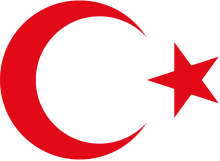
图册
旗 帜

| ||
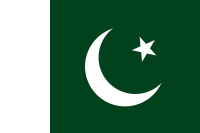
| ||
| 突尼斯国 |

| |

| ||
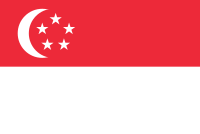
| ||

| ||
| 马来 |
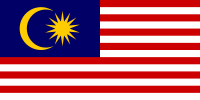
| |

| ||

| ||
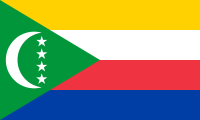
|
徽章

| ||

| ||

| ||
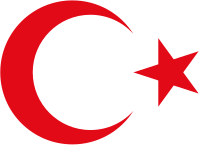
| ||

| ||
| File:Seal of Algeria.svg | ||
| 突尼斯国徽 | 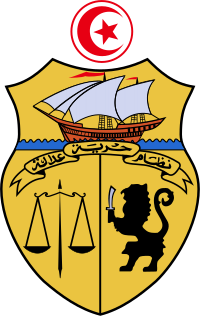
| |
| 马来 |

|
其它
参考 资料
- ^ In the Near East and Eastern Mediterranean, see for example the 'Ur-Nammu stela' of ca. 2100-2200 BCE: "Over the king's head, at the top of the stela, is a very large star or radiant sun-disc, floating free within a crescent." Jeanny Vorys Canby, The "Ur-Nammu" Stela, University of Pennsylvania Museum of Archaeology, 2006, p18; In Central Asia and India see, for example, a coin issue of Chashtana (probably dating to the late first or early second century AD): "A rare type with crescent and star alone on the reverse is probably Chashtana's earliest issue, struck before he extended his power into Malwa." H.H. Dodwell (Ed.), The Cambridge Shorter History of India, Cambridge University Press, 1935, p83; early Mesopotamian and, much later, Sassanian examples of the 'star and crescent' motif are of course well known.
- ^ The symbolism of the star and crescent in the flag of the Kingdom of Libya (1951-1969) was explained in an English language booklet, The Libyan Flag & The National Anthem, issued by the Ministry of Information and Guidance of the Kingdom of Libya (year unknown, cited after Jos Poels at FOTW, 1997) as follows: "The crescent is symbolic of the beginning of the lunar month according to the moslem calendar. It brings back to our minds the story of Hijra (migration) of our prophet Mohammed from his home in order to spread Islam and teach the principles of right and virtue. The Star represents our smiling hope, the beauty of aim and object and the light of our belief in God, in our country, its dignity and honour which illuminate our way and puts an end to darkness."
